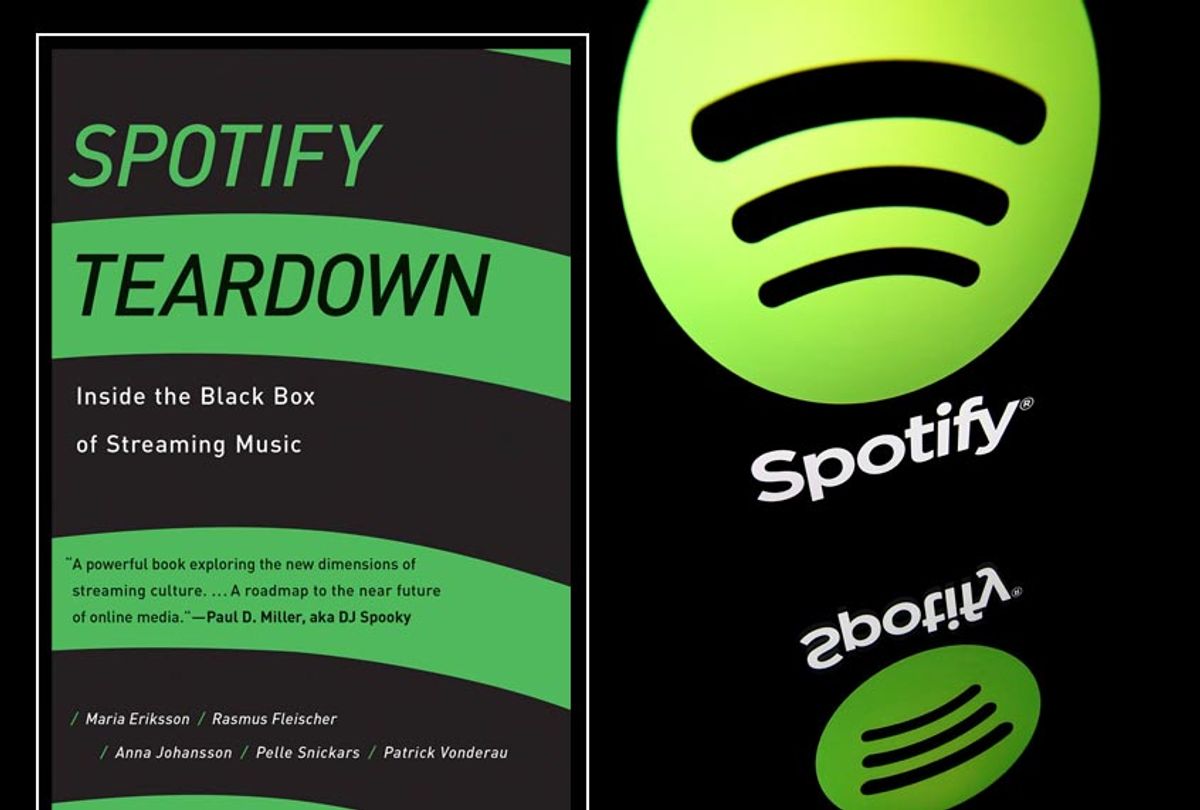In October 2014, the album Election Music by Heinz Duthel was uploaded to services such as Spotify, iTunes, and Google Play. The album consisted of one electronic tune that had been modified thirteen times according to the voting results in different municipalities in the 2014 Swedish government election. The tempo had been adjusted on each track according to the number of voters in specific voting districts, so that a high number of registered voters corresponded to a fast beat, and a low number of voters corresponded to a slow beat. Specific instruments in the tunes had also been paired with particular political parties, making it possible to “listen to” local voting results and compare tracks with one another. Hence, album listeners could, for example, detect the slow pace (and thus the low number of voters) on the track “Rinkeby,” a low-income suburb on the outskirts of Stockholm. Listeners could also discover how this track differed from the much faster rhythm on the track “Hörken,” a small rural county in midwestern Sweden with many registered voters. On “Hörken,” the prominent sound of a siren also indicated the local success of the extreme right-wing party Sverigedemokraterna (Swedish Democrats), which hit historic records in the 2014 election.
As readers may know, Heinz Duthel had already made a name for himself in 2008, when he appeared as the author of over two hundred books, many of which are still available for purchase on Amazon or through Apple’s iBooks store. Duthel’s collected works include biographies of Adolf Hitler, Angela Merkel, Pablo Picasso, Muhammed Ali, Joseph Stalin, and Charles Darwin, as well as writings on topics such as anarchism, the internet drug trade, cosmic intelligence, dementia, the philosophy of mathematics, alternative medicine, dialectical materialism, conspiracy theories, the Great Depression, and Thai massage. One of Duthel’s publications in particular caused a debate in 2010, when it turned out that Amazon was still marketing and selling his e-book entitled WikiLeaks Documents Expose US Foreign Policy Conspiracies: All Cables with Tags from 1 to 5000, even though Amazon had just expelled WikiLeaks from its servers in protest of its release of classified government documents. Much like the rest of Duthel’s releases, this book was essentially a reprint of content scraped from the web and thus the product of algorithmically aided bot-authorship. Heinz Duthel is most likely a software agent designed to mass produce literature—albeit a bot writer with a particular taste for classical historical figures, foreign politics, and new age spirituality.



Shares